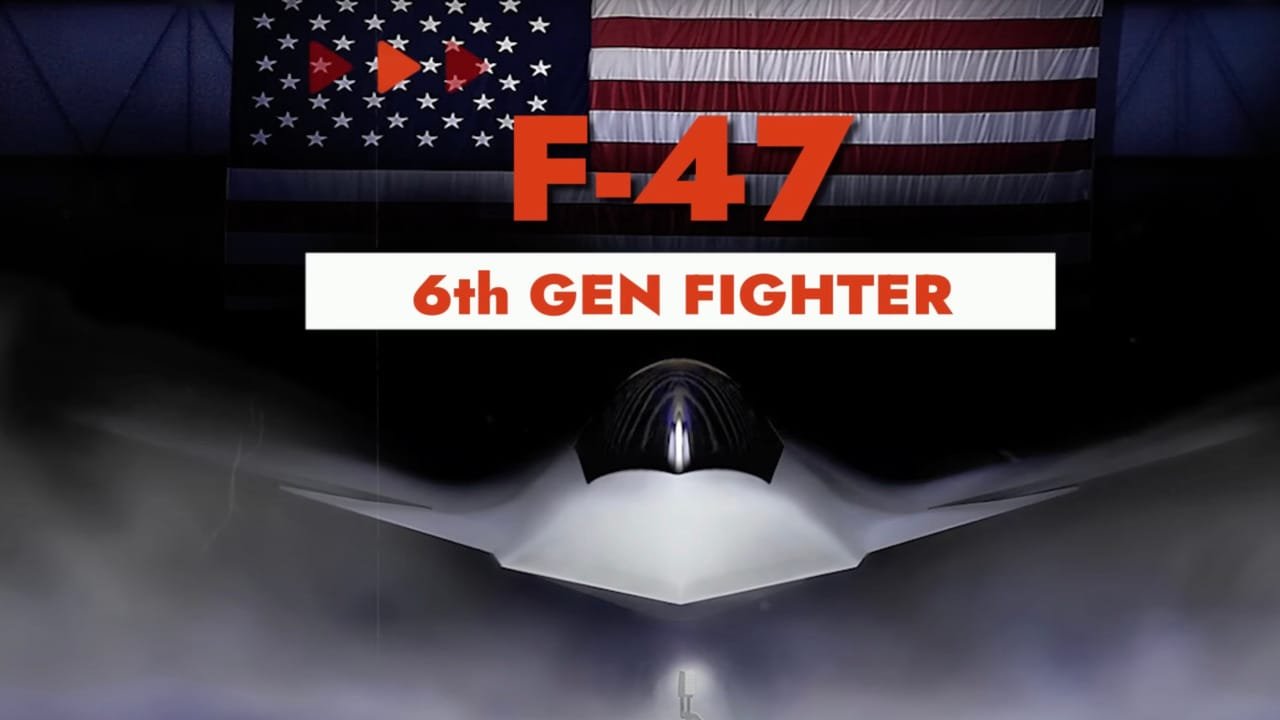The U.S Air Force is entering a new chapter in aerial combat with the introduction of its advanced next-generation fighter, the F-47. Boeing secured the contract in March 2025 to develop this cutting-edge fighter under the Next Generation Air Dominance (NGAD) program, signaling a significant evolution in modern military aviation.
Why Boeing?
For years, Lockheed Martin dominated stealth fighter technology with the F-22 Raptor and F-35 Lightning II. This time, Boeing emerged at the forefront, driven by its advanced digital design capabilities, integration of artificial intelligence, and swift prototyping approach. The Pentagon aimed to reduce over dependence on any one defense contractor, making Boeing’s selection a deliberate and strategic choice.
What Makes the F-47 Special?
Unlike upgraded jets like the F-15EX, the F-47 is a brand-new design, built from scratch. Boeing incorporated insights from earlier programs such as the X-32 prototype, the MQ-28 Ghost Bat drone, and stealth innovations akin to those in the B-21 Raider bomber.
While official images are classified, leaked designs suggest a tailless, blended-wing body for maximum stealth. The engines are likely flat and hidden to reduce heat signatures, making it harder for enemy radars to detect.
Speed, Range, and AI Power
The F-47 is projected to exceed Mach 2 in speed and offer a combat range surpassing 1,000 nautical miles. The adaptive-cycle engines, created by Pratt & Whitney and GE, are designed to shift between fuel-efficient settings for extended missions and high-thrust output for combat scenarios.
But the real game-changer is artificial intelligence (AI). The F-47 isn’t just a fighter jet, it will serve as the central command unit for an entire network of autonomous drones. The aircraft will be capable of commanding autonomous wingman drones to carry out tasks such as electronic warfare, reconnaissance, and precision strikes. Artificial intelligence will assist pilots by detecting targets, disrupting enemy systems, and anticipating threats instantly during missions.
A Flying Supercomputer
The F-47 will act like a stealthy battlefield server, connecting with ships, satellites, and ground troops instantly. It can gather intel, share data, and even direct other weapons while fighting its own battles.
Future Weapons: Hypersonic Missiles and Lasers
The jet will carry internal weapons baysto stay stealthy. It’s designed to use:
- Hypersonic missiles (too fast to intercept)
- Long-range air-to-air missiles
- Laser-based defense systems (to shoot down incoming threats)
The aircraft features a modular weapons bay, allowing for easy integration of next-generation weaponry as new technologies are developed.
Read More: INS Tamal Joins Indian Navy Fleet — Armed with BrahMos, Built for War
Why the F-47 Matters in Global Conflicts
With tensions rising in the Indo-Pacific (China) and the Middle East (Iran), the F-47 will be crucial for first-strike missionsand penetrating heavily defended airspace. With advanced stealth, extended range, and AI-controlled drones, the F-47 poses a serious challenge to enemy air defense systems.
When Will It Fly?
Boeing has been secretly testing the F-47 since 2020. The program is now entering the Engineering and Manufacturing Development (EMD) phase, with initial production anticipated to begin by 2030. The F-47 is set to take over from the aging F-22 Raptors and may also shape the development of the Navy’s upcoming F/A-XX carrier-based fighter.
Final Thoughts
The F-47 is more than just a fighter jet—it’s an airborne powerhouse blending stealth, high speed, artificial intelligence, and cutting-edge weaponry. By choosing Boeing, the U.S. is ensuring it stays ahead in the global arms race, ready for the battles of tomorrow.
Air combat is entering a new era—led by the arrival of the F-47.









